A cuisine is a “culinary language” that communicates values and forms bonds between people just as effectively as words. This was one of the messages of Mr. Gastón Acurio Jaramillo, Peruvian chef and “ambassador of Peruvian cuisine”, in his keynote speech at the 4th World Congress of Biosphere Reserves in Lima this past March.
The production, preparation, and consumption of food products is a language with which to “read” the landscape.
Acurio is known as Peru’s top celebrity chef and founder of the renowned restaurant Astrid y Gastón among others, and also for being partly responsible for the recent recognition of Peruvian cuisine as one of the world’s best food traditions. In keeping with the idea of the Biosphere Reserve, he attributed the richness of Peru’s culinary tradition to its people’s strong respect for nature.
It is easy to see how food embodies both nature and culture at a basic level, but this idea of cuisine-as-language also illuminates how food can support a kind of biocultural connectivity across the wider physical and cultural landscape. Promising lessons can be found here both for cities and for protected areas.
Biosphere Reserves and the 4th World Congress

“Biosphere Reserve” is a protected area designation in which sites are designated for “science and sustainability” under UNESCO’s Man and Biosphere programme. The 4th World Congress of Biosphere Reserves was both the first World Congress held outside of Europe and the first in Latin America. With the Biosphere Reserves programme’s emphasis on reconciling biodiversity conservation with its sustainable use, it was fitting that the Congress should be held in Peru, where culture has cultivated mutual benefits with nature for millennia.
Major outcomes of the 4th World Congress of Biosphere Reserves were the “Lima Declaration” and the “Lima Action Plan”, which provide direction and concrete steps for the future development of Biosphere Reserves. This follows on the previous “Madrid Action Plan”, which was in effect for the ten years leading up to the 4th Congress, and is intended to bring the programme into agreement with newer developments, including the UN’s post-2015 development agenda and its Sustainable Development Goals (SDGs).
Biosphere Reserves do not generally encompass urban areas, but rather consist of three zones: a core zone where the ecosystem is most strictly protected; a buffer zone with human activities compatible with sound ecological practices; and a transition zone with a higher level of sustainable economic and development activities. This model—areas of increasing human activity radiating outward from a strictly protected area—makes an interesting mirror image to a city, where human density tends to decrease radiating outward from the urban core.
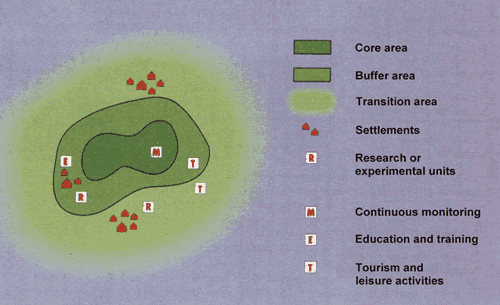
Connectivity is thus key to conservation in the Biosphere Reserve concept. So holding the first World Congress in a so-called “developing” country in Lima highlighted how cities can be thrown off balance, in part thanks to a lack of connectivity with nature, as shown by the city’s stark contrast with the natural areas shown in many participants’ presentations.
As a first-time visitor to Lima
My apologies to any colleagues from Lima, but to a first-time visitor, Lima seems mostly notable as an example of an unhealthy relationship between people and nature. Don’t get me wrong—there are many great things about the city—its important historical sites, fashionable shopping districts, and, as mentioned earlier, world-class food scene. But it is also a city that has more than tripled in size since 1970 to become the second-largest city by population in South America, and its infrastructure and services have struggled to keep up. Much of the city is noisy, dirty, crowded, and experiences high poverty and crime.
The most prominent geographical feature in sight as soon as I walked out of my hotel was a hill called the “Cierro el Pino”, and it makes an illustrative case. It was designated as a “human settlement” in 1972 after many indigenous and other disadvantaged people had moved to the city and settled on less desirable land, such as its steep slopes. Of course, its jumble of buildings lacked services and infrastructure, and became known for poverty and crime. Since its designation, it has received basic services, but progress is slow and it is still a far cry from the city’s affluent and fashionable districts.
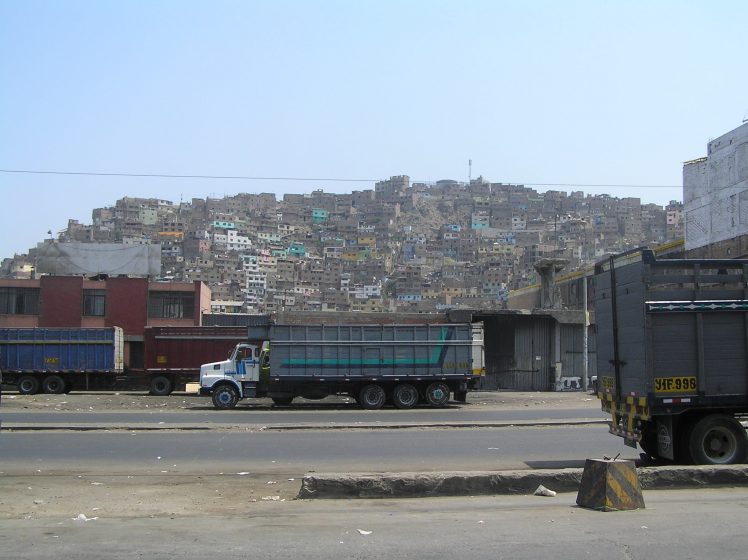
One thing that makes the Cierro el Pino a telling case, besides its official designation as a “human settlement” and the results it has had, is its contrast with the more famous landscapes in other parts of Peru. What does it tell us that the hilly areas of Lima are among the most dysfunctional places in the city, while it is precisely the steep slopes of the Andes that provide the most characteristic biocultural landscapes in Peru’s rural areas?
Steepness is not the issue
The mountain landscapes around Cusco are as stunning as you’ve heard they are. Terraces dating to the Inca Empire provide not only a great deal of arable land on slopes that should have been impossible to farm, but have also served as an important site for developing agricultural knowledge. Since each terrace on each slope represents a slightly different set of conditions than those above, below or to the sides of it, terraces in this “agricultural research station” could be used to systematically investigate crops’ suitability to different conditions and adapt them for use in different areas.
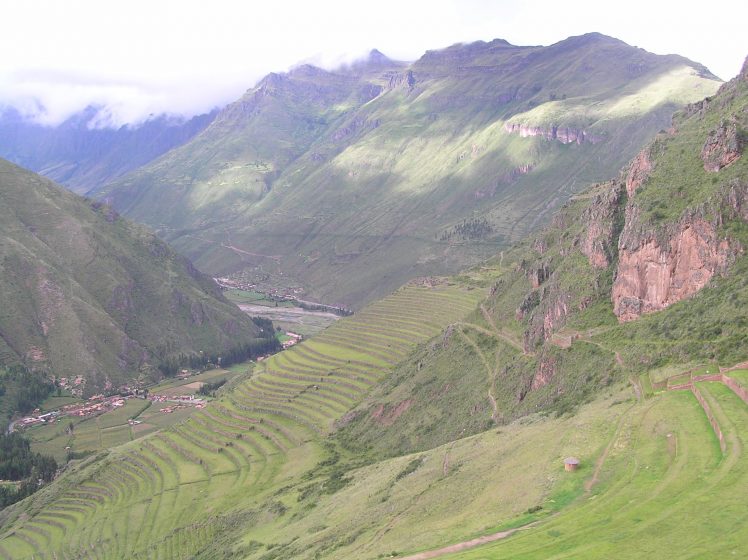
The terraces were still planted with local crops until quite recently, but since they have been designated as cultural artifacts and placed under the management of the Ministry of Culture, they only contain mown grass. This seems a shame, since from the perspective of my own work with the Satoyama Initiative, a population that actively relied on them for food would be most motivated to maintain them for the long term, providing mutual benefits between humans and nature. Plus, both quinoa and potatoes are beautiful when in bloom, so just think how these terraces would look if they were covered in purple, white, and red flowers.
Still, although these terraces are now maintained only for their cultural and historical, and not their biological and agricultural, value, the same kind of work is being revived and carried on nearby. In the Potato Park, my colleagues and I were shown potato research plots, managed and maintained by the indigenous Quechua-speaking communities living within the park itself. They grow and monitor different varieties of potatoes in steeply-pitched plots at 100-meter altitude increments to identify and record which are suitable for specific microclimates. Seed-banking to conserve the diversity of varieties and hybridization to develop new varieties are also underway.
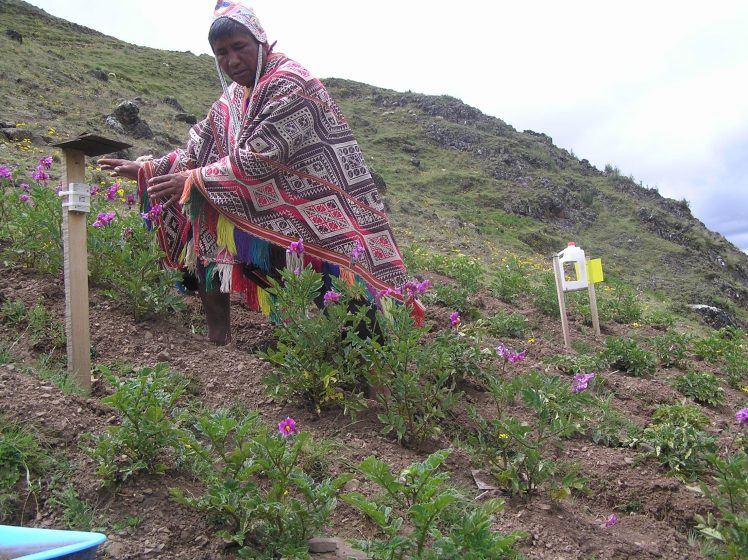
Because of the kind of biocultural diversity that has been maintained in the landscapes in the Andes, there are well over a thousand varieties of potatoes to be found in the area. By contrast, almost all of the potatoes found in supermarkets in the United States are of two varieties—the Russet Burbank and the Yukon Gold—while, in my experience, a good U.S. supermarket may have five or six varieties. For an afternoon snack in the Potato Park, the locals brought out a basket of at least that many different varieties of potatoes, which we ate sitting in a circle along with locally-harvested herbs.
Eating your words
If cuisine is a language, then what was being communicated high in the Andes outside Cusco was very different from what is communicated by the haute fusion cuisine served by Chef Acurio in Lima; “a potato served sitting on the ground by local indigenous people with local herbs” is a different statement than “Peking guinea pig dressed with rocoto and purple corn crépe”, one of Astrid y Gastón’s offerings. One difference is that the mountain landscape is more strictly faithful to locally unique traditions and conditions, while the city is a melting pot in which the local tradition is influenced by and blended into a fusion with many traditions from far afield.
It seems telling that words for foods are among the most untranslatable, and usually become incorporated into languages as new words—take recently trending words like “açaí” or “sriracha”—rather than translated. Living in Tokyo, I am sometimes asked the English word for some food item and find myself at a loss—the English word for sushi is “sushi”. Foods seem to exist unto themselves, and while they can be transplanted into other linguistic contexts, they remain essentially themselves.
This is true not only for their linguistic context, but for their context in cuisine-as-language. After all, potatoes originally taken from South America and used to make gnocchi in Italy are still thought of as potatoes—not transmuted or translated into a completely different thing, but recontextualized.
Looking at cuisine-as-language, then, “potato” is a word in the English language, but a potato is also a word in the language of cuisine. And, just as very different sentences can be made from the same words, steamed potatoes served sitting on the ground by indigenous people with local herbs is different, semiotically, from French fries eaten at a fast-food joint during a short lunch break in a huge city.
Put another way, just as language requires a great deal of knowledge and cultural background to be comprehensible, a statement in the language of cuisine becomes coherent due to a surrounding cultural and natural context that makes it possible and locates it within a larger tradition.
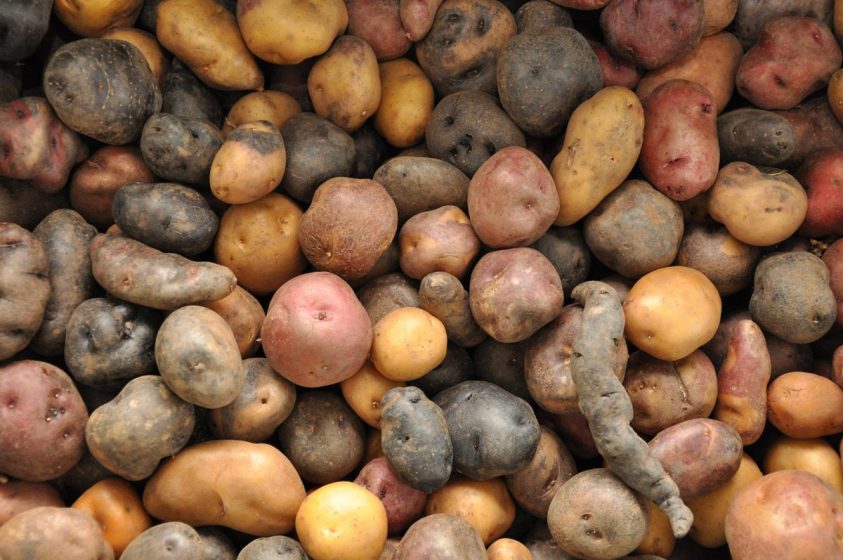
Food, diversity, language, landscape
Seen in this light, food—the production, preparation, and consumption of food products—becomes a language with which to “read” the landscape. A landscape contains a diversity of natural and cultural elements—a biocultural system in which they mutually reinforce each other—just like each word in a language relies on all the other words to give it meaning and, in turn, gives them meaning.
This “meaning” is what gets lost when an area like the Cierro el Pino falls out of balance with nature. Cultural elements transported from other landscapes, divorced from their biocultural context, get thrown together into a disjointed babel, and it can take many years of hardship before they can be reconstituted into a functioning, meaningful system.
As has been pointed out in The Nature of Cities before, it doesn’t have to be like this. There can be a bright side to indigenous urbanization if it is done with proper respect for living in harmony with nature. People shifting from rural homelands to urban areas do not have to lose so much of their culture if production systems such as the terraces around Cusco can provide knowledge of food production and food traditions for all types of conditions. This knowledge, when put into practice, creates a biocultural connectivity between rural, urban and peri-urban areas—the kind of connectivity ideally found among the radiating zones of a Biosphere Reserve or a city—and improves environmental conditions and human livelihoods in all of them.
This is how we can take lessons from Chef Acurio’s conception of cuisine as language in understanding how seemingly very different areas—from urban centers, such as Lima, to protected natural areas, such as Biosphere Reserves—can benefit from the same management principles. All are integrated with varying degrees of success into wider biocultural landscapes, and are connected and given meaning, in part by food and its production, processing, and consumption traditions. If I have been successful, this should give readers of The Nature of Cities some “food for thought” (sorry!).
William Dunbar
Tokyo


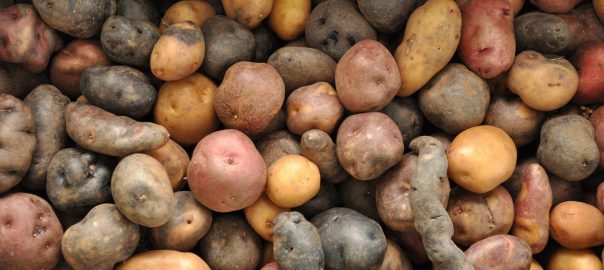
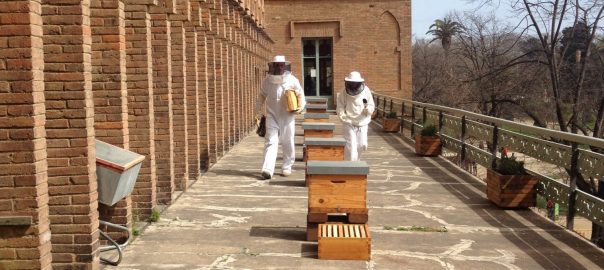
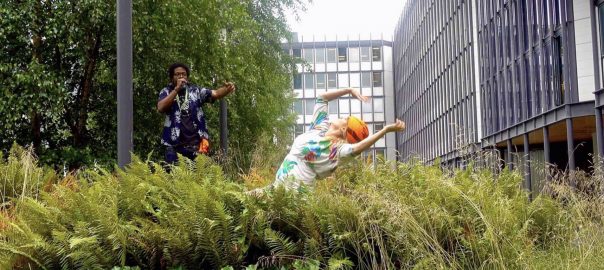
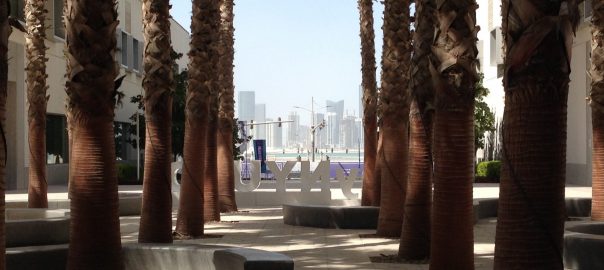
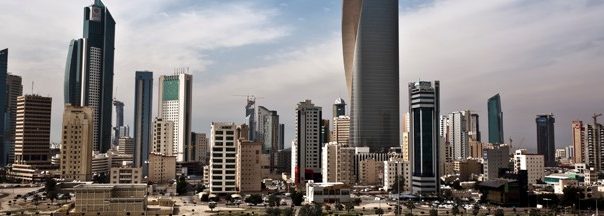
Leave a Reply